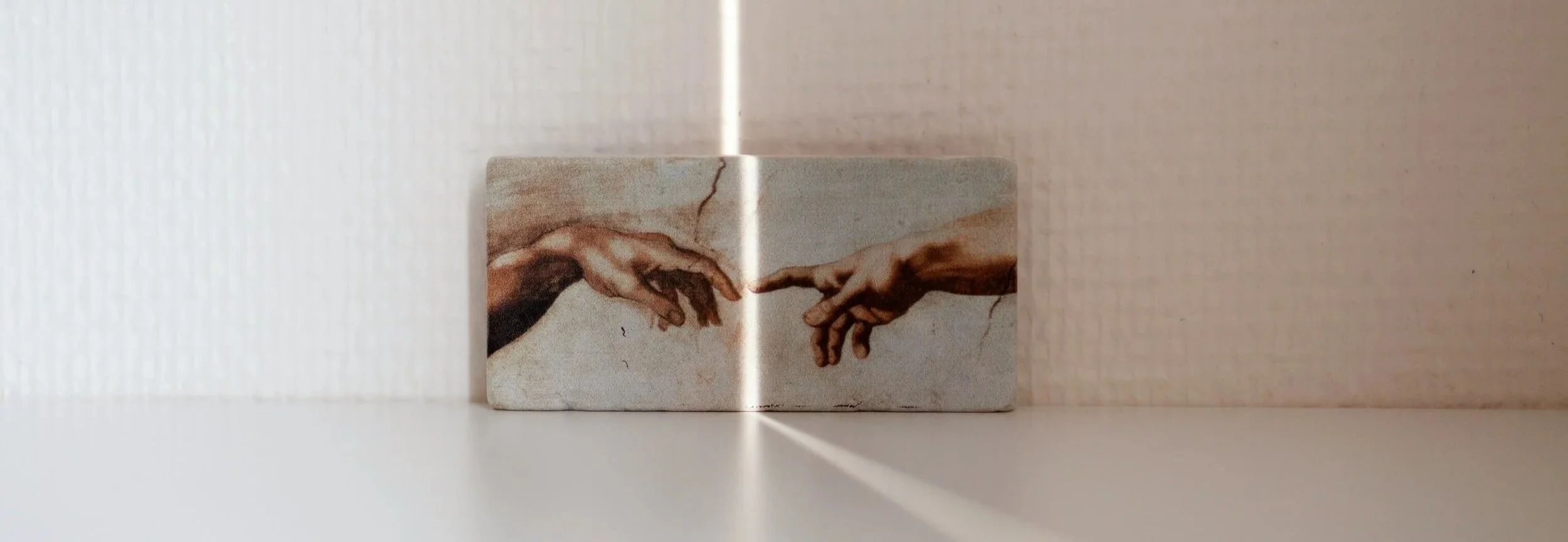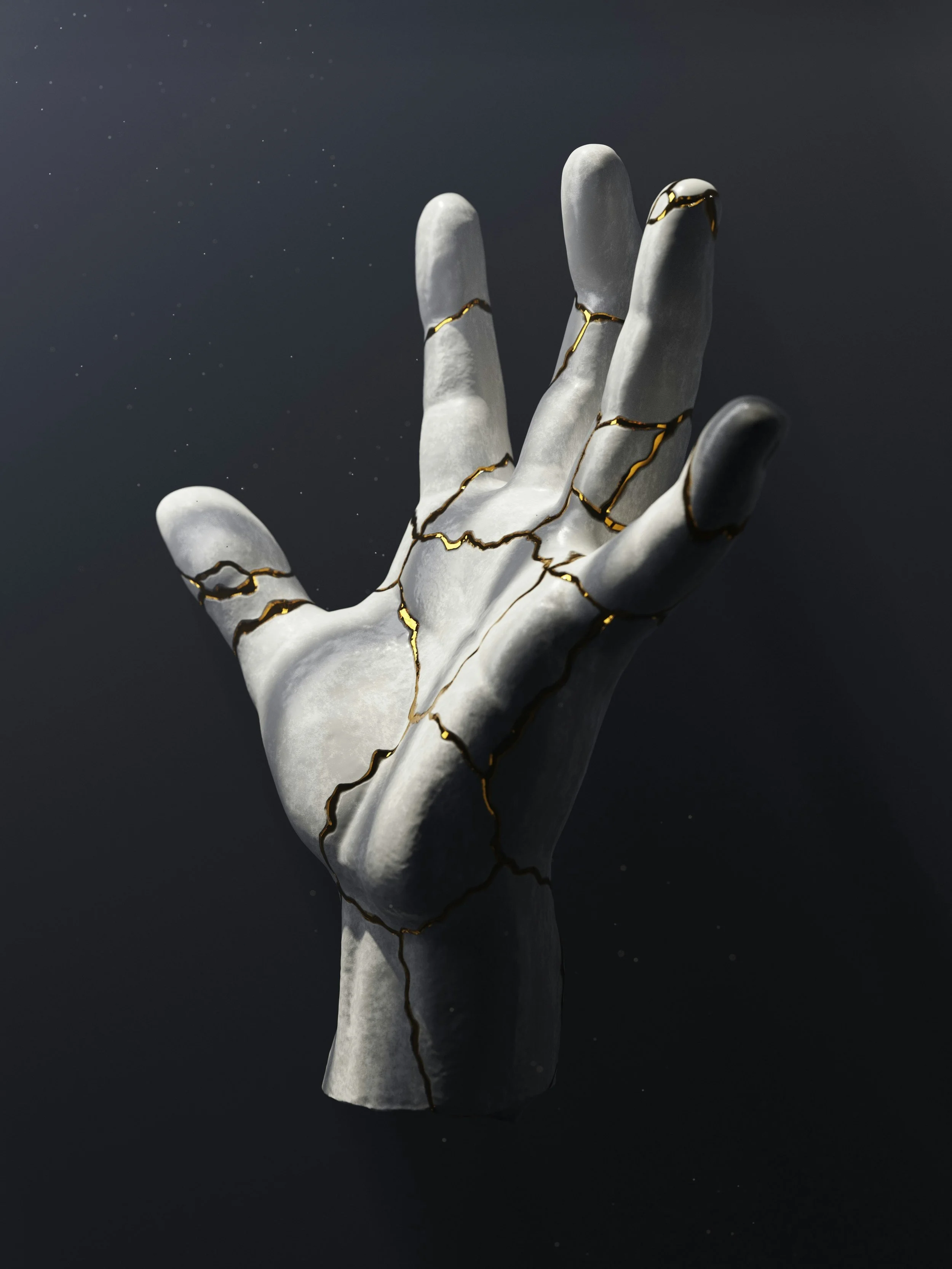Man, Know Thyself
Fullness and emptiness are the same. To divide them is like cutting water with a knife, the blade goes in, but the water remains whole.
By Featured Writer, Patrick Okoi.
Carved into the stone at Delphi, the words gnōthi seauton whisper like a riddle across centuries: “Man know thyself.”
But to know the knower is like trying to step on your own shadow, the closer you chase it, the more it slips away. There is no shadow separate from you, no knower separate from the known.
Neville Goddard once said, “Man’s chief delusion is his conviction that there are causes other than his own state of consciousness.”
Think about it: every skyscraper began as a sketch in someone’s head; every melody was first a hum in the dark. Consciousness builds the world brick by brick, thought by thought.
The sages of India declared the same in another tongue: tat tvam asi— “You are That.” The self and the cosmos are not two, but one fabric seen from different folds.
I Am the Many, and the One
Look at your hand. Five fingers, each with ridges, lines, and a history of scars. Yet they move as one, guided by a single pulse. That same pattern repeats everywhere.
Zoom out with the Hubble telescope: galaxies spiral like fingerprints, each distinct, yet all spinning within one expanding universe.
Astrophysicists remind us that the calcium in our teeth, the iron in our blood, and the oxygen in our lungs were cooked in ancient stars. Every breath you take is literally borrowed from a supernova. You are not “in” the universe, you are the universe in miniature, the cosmos folded into human form.
The Chandogya Upanishad explains it with pottery: the space inside a clay pot seems different from the space outside, but break the pot, and there is only space. Likewise, what you call “me” and “world” are not separate.
I Create, Yet I Am Created
A composer sits at the piano. Her fingers hover, searching, until a few notes tumble out, fragile. Hours later, the melody has grown wings, flying into something she herself cannot quite explain. Did she write the music, or did the music write her?
Every creator knows this strangeness. The sculptor chips away marble, and yet the marble pushes back, revealing a form that seems to have been waiting all along. The poem arrives fully formed at midnight, as if whispered by an unseen hand.
The act of imagining is the true act of creation; the finished work is only the shadow. The paradox is clear: the brush moves because I move it, yet something greater moves me.
And sometimes, writing, painting, dreaming, I step back, stunned. “Mehn,” I think, “this is divine.” Not because I’m proud, but because in that instant, the line between creator and creation dissolves. The canvas is my hand; my hand is the canvas.
Everything and Nothing, the Same
At dawn in the forest, fog curls around the trees. The trunks vanish into white silence, but listen closely: the silence is not empty. It is swollen with the flutter of wings, the pulse of sap rising, the hush before birdsong. Emptiness is never void; it is the womb of everything.
This is what Buddhists call śūnyatā, emptiness that births form. It is like a chalkboard: without its blankness, no words or diagrams could exist. The board and the writing are not two, just phases of the same surface. Daoist yin and yang say it differently: light and shadow chase each other in one endless circle, not enemies but lovers in disguise.
So fullness and emptiness are the same. Everything you see is nothing condensed, and nothing you cannot see is everything unexpressed. To divide them is like cutting water with a knife, the blade goes in, but the water remains whole.
The Illusion of Two
To know yourself is not to draw a map of who you are, but to notice that the “map” and the “territory” are both you. You are the observer and the observed, the dreamer and the dream.
“Know thyself” is to remember what was true all along: there is no “two.” Man, know thyself.



